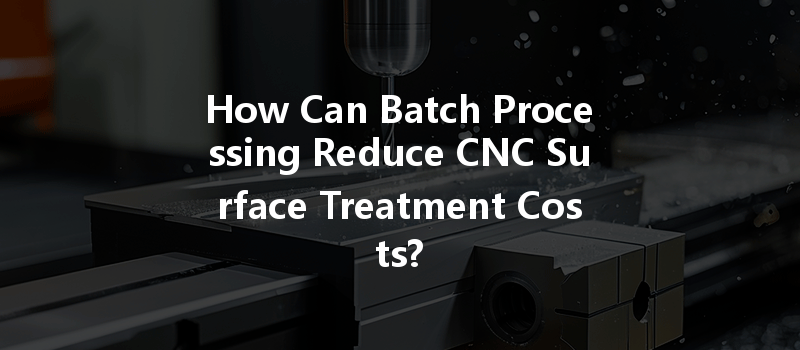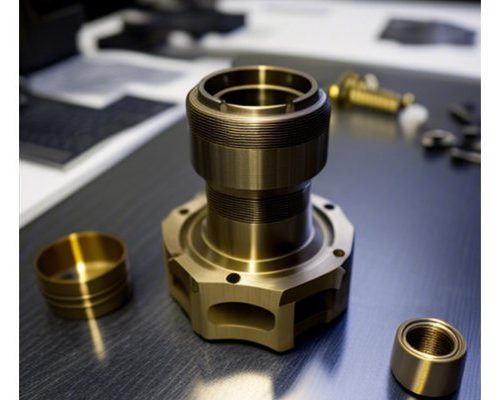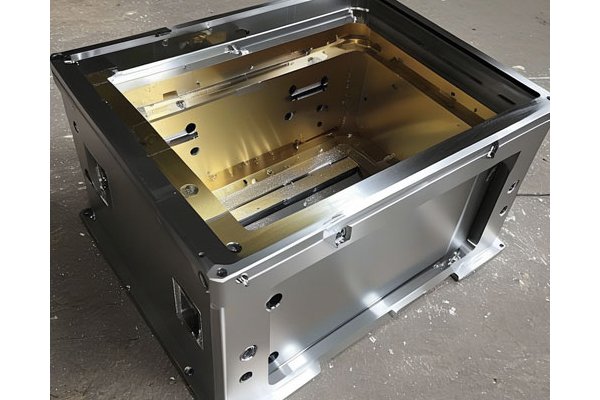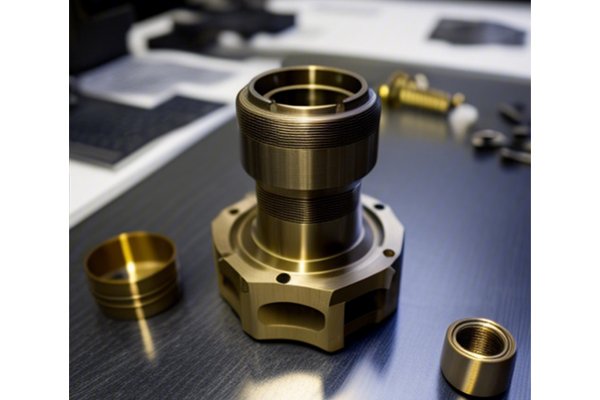In today’s competitive manufacturing landscape, costs play a crucial role in the viability of a business. Companies are constantly on the lookout for strategies to improve efficiency and reduce costs without compromising quality. One such strategy that has gained traction in the CNC machining industry is batch processing. This approach can significantly influence surface treatment costs and overall machining expenses. At YL Machining, we understand the importance of optimizing costs while maintaining the highest standards of quality. In this article, we will explore how batch processing can reduce CNC surface treatment costs, delving into techniques, benefits, and considerations that can lead to substantial savings.
Understanding Batch Processing in CNC Machining
Batch processing refers to the production of a set of parts in a single run, as opposed to single-piece processing. This methodology allows manufacturers to handle multiple components of the same design or similar designs at once. This approach not only streamlines workflow but also has a cascading effect on various manufacturing processes, including surface treatments.
Advantages of Batch Processing
Implications of Batch Processing on Cost
The cost implications of adopting batch processing in CNC machining and surface treatment are multifaceted. The combination of reduced setup times, efficient processing, and improved quality control can lead to significant savings and optimized operational budgets.
Strategies to Leverage Batch Processing
To effectively utilize batch processing in reducing surface treatment costs, certain strategies should be implemented:
Determining the optimal batch size is crucial. A too-small batch can result in increased costs due to high setup time per piece, while a too-large batch may lead to inefficient use of resources. Businesses should analyze production data and operational capabilities to find the sweet spot that maximizes efficiency without spreading resources too thin.
Depending on the surface treatment techniques utilized—such as anodizing, plating, or polishing—it’s important to choose processes that benefit from batch processing. For example, processes that require similar conditions (like temperature and duration in a bath) can be conducted simultaneously for multiple pieces, ensuring they receive uniform treatment.
Investing in automated systems for both CNC machining and surface treatment can amplify the advantages of batch processing. Automation technologies, such as robotic arms or automated conveyors, can smooth the transition between different phases of production, saving time and reducing labor costs.
Batch processing allows companies to negotiate better deals on materials due to bulk purchasing. When planning production runs, businesses can look into acquiring raw materials in larger quantities, leading to reduced costs per unit. Material suppliers are generally more flexible with pricing when large volumes are at stake.
Cost-Saving Examples in CNC Machining and Surface Treatments
To contextualize the financial benefits of batch processing, let’s analyze a hypothetical scenario that exemplifies its effectiveness:
Example Scenario: Batch Processing in Aluminum Parts Production
Consider a CNC machining company that produces aluminum components. Traditionally, the company processes parts one by one, which leads to high costs associated with setup. The process includes machining, followed by surface treatments involving anodizing.

Now, by shifting to batch processing, where 10 parts are produced in a single run:
The total cost per part reduces from $350 to $90, representing a savings of approximately 74%.
Challenges and Considerations
While batch processing presents numerous advantages, it is not without its challenges.
Transitioning to batch processing may require upfront investments in optimized machinery, automation, or software. Companies need to weigh the potential cost savings against these initial expenditures.
Batch processing often involves treating multiple parts simultaneously, which requires stringent quality control measures to prevent any defects from affecting multiple components. Companies must implement robust testing protocols to ensure quality is not compromised in the pursuit of cost savings.
The demand for varied designs may require flexibility in production. Rigid batch sizes and processing schedules may limit a company’s ability to adapt to changing market conditions or customer requirements.
Batch processing has become an invaluable methodology in the CNC machining industry, particularly regarding mitigating surface treatment costs. At YL Machining, we leverage this approach to enhance our operational efficiency while ensuring the highest quality standards. By understanding and implementing batch processing strategies, manufacturers can optimize production, reduce costs, and maintain competitiveness in a rapidly evolving market.
As industries continue to seek innovative solutions to streamline operations and reduce expenses, batch processing is destined to play a pivotal role in the CNC machining landscape, offering quantifiable benefits and setting the stage for future advancements in manufacturing practices.
By embracing these strategies, companies can create a more sustainable and economically viable business model, paving the way for lasting success in the CNC machining industry.



